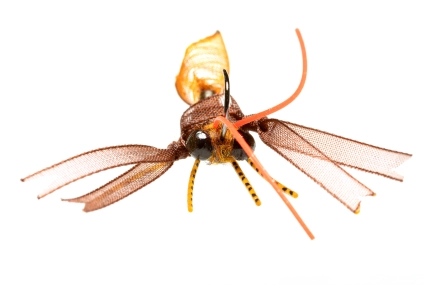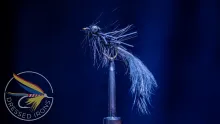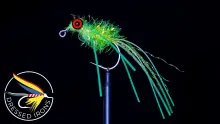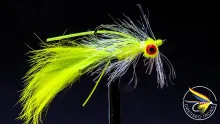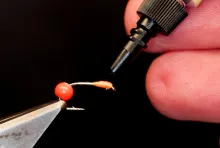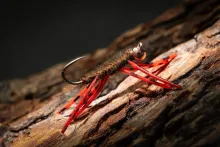We should fish crayfish imitations more than we do. Crayfish can be used to target trout, bass, carp and other species
In the UK the white-clawed crayfish is our only native species. Sadly, numbers have declined by 90% following the introduction of signal crayfish from the US in the 1970s to be farmed for food. Accidental and deliberate releases spread them to many rivers and lakes.
Signal crayfish carry the oomycete responsible for crayfish plague, which is lethal to the white-clawed natives. They have proved to be a successful invader producing large numbers of offspring and devouring pretty much anything, from aquatic plants to small invertebrates, fish and other crayfish. Our native fish eat the invaders with gusto and in some rivers and lakes the size and weight of fish has increased significantly. There’s a lot more calories in a crayfish than in native nymphs and shrimps. I guess we should fish crayfish imitations more than we do. Elsewhere in the world, particularly in the US, crayfish flies are more popular and there are many named patterns which are deployed for trout, bass, carp and other species.
The Chain Gang Crayfish gets its name from the internal armature of metal bead chain that gives shape and weight to the body. While bead chain is flexible, the individual links will only bend so far and if the chain is bent and the ends secured it forms a rigid loop. I came across this way of making chain body shapes in Jay Fullum’s book ‘Fishy’s Flies’ where he describes using a loop of chain on one side of a hook to form a crab shell.
Magazine
To form the bead armature cut off a length of chain with an even number of beads. Place it over the hook and secure with figure of eight thread wraps around the mid-point. Bend the ends into the hook shank, tie in to form rigid loops on either side of the hook and then add further cross wraps between the beads. Tie in the eyes, whip finish and coat the thread wraps with varnish or superglue. If you want more weight in your crayfish, you can add a tungsten bead to the hook before bending the bead chain around it. I prefer to use 8/0 or thicker thread to tie in the bead chain as there can be sharp edges, particularly on the ends where it has been cut. The trick is to use soft wraps at the ends of the chain to form a cushion before adding tight wraps.
Many crayfish imitations are tied using rabbit or squirrel fur zonker strips to give an approximation of claws, the open claws of the Chain Gang are tied using knotted ribbon. To make them cut a length of organza ribbon, fold in half and tie an overhand knot. Trim the ends to equal lengths, cut a V shaped notch in each and melt the ends near a flame to stop them fraying.
- Log in to post comments





